Home>Garden Essentials>When To Plant Sweet Pea Seeds
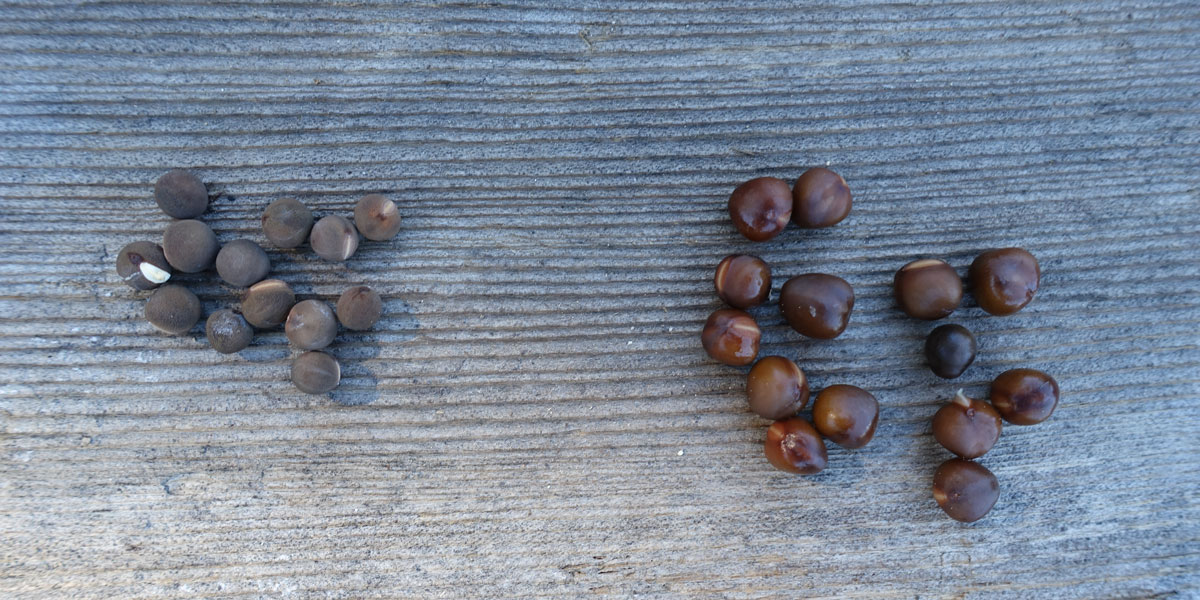

Garden Essentials
When To Plant Sweet Pea Seeds
Modified: March 16, 2024
Discover the perfect timing to plant sweet pea seeds in your garden and enjoy vibrant blooms all season long.
(Many of the links in this article redirect to a specific reviewed product. Your purchase of these products through affiliate links helps to generate commission for Storables.com, at no extra cost. Learn more)
Introduction
Welcome to the wonderful world of gardening! If you’re a fan of vibrant, fragrant flowers, sweet peas are an excellent choice for your garden. With their delicate blooms and captivating fragrance, they can add beauty and charm to any outdoor space.
Before diving into the exciting process of planting sweet pea seeds, there are a few factors you should consider. Understanding these factors will help ensure the success and health of your sweet pea plants.
In this article, we will explore the best time to plant sweet pea seeds, how to prepare the soil, the process of planting the seeds, caring for the plants, and common problems you may encounter along the way. So, let’s get started on this gardening adventure!
Key Takeaways:
- Plant sweet pea seeds in early spring after the last frost for best results. Ensure well-draining soil, sunlight, and support for climbing. Enjoy the vibrant blooms and delightful fragrance throughout the growing season!
- Harvest and store sweet pea seeds to propagate your favorite varieties for future gardening. Follow simple steps to collect, dry, and store the seeds for continued enjoyment year after year.
Read more: When To Plant Pea Seeds
Factors to Consider Before Planting Sweet Pea Seeds
Before you start planting sweet pea seeds, it is important to consider a few key factors to ensure the success of your plants. Taking these factors into account will help create the ideal environment for your sweet peas to thrive.
- Climate: Sweet peas are cool-season plants that prefer mild temperatures. They tend to struggle in extremely hot weather, so it’s important to choose the right time to plant them based on your climate.
- Sunlight: Sweet peas require plenty of sunlight to grow and produce healthy blooms. Choose a location in your garden that receives at least six hours of direct sunlight each day.
- Soil Quality: Sweet peas thrive in well-draining soil that is rich in organic matter. Prior to planting, prepare the soil by adding compost or well-rotted manure to improve its fertility.
- Trellis or Support: Sweet peas are climbing plants that require some form of support to grow properly. Prepare a trellis, fence, or other support structure before planting the seeds.
- Air Circulation: Good air circulation is essential for preventing disease and promoting healthy growth. Avoid planting sweet peas in crowded or overly dense areas of your garden.
- Watering: Sweet peas need regular watering, especially during dry periods. Ensure that your garden has a water source nearby or consider installing a drip irrigation system to keep the soil consistently moist.
By considering these factors and making necessary adjustments, you’ll give your sweet pea plants a strong foundation for growth and ensure optimal conditions for their success. Now that you know what to keep in mind, let’s move on to the best time to plant sweet pea seeds.
Best Time to Plant Sweet Pea Seeds
The timing of when you plant sweet pea seeds can greatly impact the success of your plants. Sweet peas are cool-season flowers that prefer mild temperatures. It’s important to find the perfect planting window to ensure optimal growth and blossoming.
In general, it’s best to sow sweet pea seeds in early spring, after the last frost has passed. This will vary depending on your specific location and climate. The soil temperature should be around 50 to 60 degrees Fahrenheit (10 to 15 degrees Celsius) for successful germination.
If you live in a region with mild winters, you may be able to plant sweet pea seeds in the fall for early spring blooms. However, it’s crucial to ensure that the seeds have enough time to establish themselves before the deep freeze of winter.
It’s also worth noting that sweet peas are known to tolerate light frost, so planting them a bit earlier in spring is generally safe. This will provide them with a longer growing season and result in more bountiful blooms.
When it comes to choosing the right time for planting, it’s important to observe the weather patterns in your local area. If in doubt, you can also consult with local gardening experts or check with your local agricultural extension office for specific recommendations based on your region.
Keep in mind that sweet peas have a long growing season and can continue to bloom well into summer if conditions are favorable. By carefully selecting the best time to sow your seeds, you’ll set the stage for a spectacular display of colorful flowers. Now that you know when to plant sweet pea seeds, let’s move on to preparing the soil.
Preparing the Soil for Sweet Pea Seeds
Preparing the soil properly is crucial to ensure the healthy growth of your sweet pea plants. Sweet peas thrive in well-draining soil that is rich in organic matter. Here are the steps to prepare your soil:
- Clear the area: Start by clearing the planting area of weeds, rocks, and any other debris. This will allow your sweet pea plants to grow without competition and have access to essential nutrients.
- Loosen the soil: Use a garden fork or a tiller to loosen the soil. This will help improve drainage and allow the roots of your sweet pea plants to grow deep into the ground.
- Amend the soil: Sweet peas thrive in soil that is rich in organic matter. Add compost or well-rotted manure to the planting area and mix it into the soil to improve its fertility. This will provide essential nutrients and improve the soil structure.
- Test the soil pH: Sweet peas prefer a slightly acidic to neutral soil pH between 6.0 and 7.0. You can use a soil testing kit to determine the pH level of your soil. If the pH is too alkaline, you can lower it by adding organic matter such as compost or peat moss.
- Provide support: Before planting, install a trellis or other support structure for your sweet pea plants. This will ensure they have something to climb and prevent them from sprawling on the ground.
Once you have prepared the soil, it’s time to move on to planting the sweet pea seeds. Proper soil preparation will create an ideal environment for the seeds to germinate and the plants to grow strong and healthy. Now that the groundwork is complete, let’s dive into the process of planting sweet pea seeds.
Planting Sweet Pea Seeds
Planting sweet pea seeds is an exciting step towards witnessing the beauty of these delicate flowers in your garden. By following these steps, you can ensure that your sweet pea seeds have the best chance of germination and growth:
- Soaking the seeds: Before planting, it is recommended to soak the sweet pea seeds in water overnight. This will help soften the seed coat and promote quicker germination.
- Creating furrows: Using a garden trowel or your finger, create furrows in the prepared soil. The furrows should be about 1 inch deep and spaced around 6 inches apart.
- Planting the seeds: Place the soaked seeds in the furrows, spacing them about 1 inch apart. Cover the seeds with soil, gently pressing it down to ensure good seed-to-soil contact.
- Watering: After planting, water the soil thoroughly but gently. This will provide the moisture needed for germination. Be careful not to overwater, as excessive moisture can cause the seeds to rot.
- Labeling: It’s a good idea to label the planting area to keep track of the sweet pea varieties you have planted. This will help when it comes to identifying the different flowers as they bloom.
Once the sweet pea seeds are planted, it’s important to keep the soil consistently moist until germination occurs. This can take anywhere from 10 to 20 days, depending on the conditions. As the seedlings emerge, you may need to thin them out, allowing only the strongest ones to grow.
As the sweet pea plants continue to grow, they will need support to climb. Guide the young vines towards the trellis or support structure, gently tying them with plant ties as necessary. This will help the plants grow upright and prevent them from falling or tangling.
Now that you’ve successfully planted your sweet pea seeds, it’s time to move on to caring for the plants to ensure they thrive and produce beautiful blooms.
Plant sweet pea seeds in early spring, as soon as the soil can be worked. They prefer cool weather and will not tolerate hot temperatures, so aim to plant them before the last frost date in your area.
Read more: When To Plant Sweet Peas Seeds
Caring for Sweet Pea Plants
Caring for sweet pea plants involves providing them with the right conditions and proper attention throughout their growth. Follow these care tips to help your sweet peas flourish:
- Watering: Sweet peas have a shallow root system, making them more prone to drying out. Water the plants consistently, aiming to keep the soil evenly moist. Avoid overwatering, as it can lead to root rot. Mulching around the base of the plants can help retain moisture and keep the soil temperature cooler.
- Fertilizing: Sweet peas are moderate feeders. To encourage healthy growth and abundant blooms, apply a balanced fertilizer once a month or use a slow-release granular fertilizer at the beginning of the growing season. Be sure to follow the instructions on the packaging for proper application rates.
- Support and training: Sweet peas are climbing plants that require support as they grow. Regularly guide the vines towards the trellis or support structure, gently tying them if needed. This will help the plants grow vertically and prevent them from sprawling on the ground.
- Pinching: To encourage bushier growth and more flower production, pinch off the tips of the young vines when they reach about 4 to 6 inches in height. This will stimulate lateral branching and result in more blooms.
- Deadheading: Remove faded flowers regularly by pinching or cutting them off at the base. This practice, known as deadheading, encourages further blooming and prevents the plant from putting energy into producing seeds.
- Pest and disease control: Keep an eye out for common pests, such as aphids and snails, and take appropriate measures to control them. Regularly inspect the plants for any signs of diseases, such as powdery mildew or rust, and address them promptly with appropriate treatments.
Sweet pea plants are generally not demanding, but providing them with proper care will result in more robust growth, longer blooming periods, and healthier plants overall. With diligent attention, you’ll be rewarded with a delightful display of vibrant and fragrant sweet pea flowers. Now, let’s address some common problems you may encounter with sweet pea plants and their solutions.
Common Problems and Solutions for Sweet Pea Plants
While sweet peas are generally easy to grow, they can encounter a few common problems. By being aware of these issues and implementing the appropriate solutions, you can help your sweet pea plants thrive. Here are some common problems you may encounter and how to address them:
- Poor Germination: If the seeds fail to germinate, it could be due to hard seed coats. Soaking the seeds overnight before planting can help soften the coats and promote germination. Additionally, ensure that the soil temperature is suitable for germination (around 50 to 60 degrees Fahrenheit) and that the soil remains consistently moist during this stage.
- Pests: Sweet peas can be susceptible to pests like aphids, slugs, and snails. To control these pests, you can use organic insecticidal soaps or natural repellents. Alternatively, you can introduce beneficial insects like ladybugs to feed on aphids. Regularly inspect your plants and take action at the first signs of pest infestation.
- Diseases: Sweet peas can be prone to fungal diseases such as powdery mildew and gray mold. To prevent these diseases, ensure proper air circulation around the plants by allowing enough space between them. Avoid overwatering and watering from overhead, as moisture on the leaves can foster disease growth. If diseases occur, treat them with appropriate fungicides or other organic remedies.
- Yellowing Leaves: Yellowing leaves can be a sign of nutrient deficiencies, particularly low nitrogen levels. If you notice this issue, consider applying a nitrogen-rich fertilizer following the package instructions. Yellowing leaves may also indicate overwatering or poor drainage, so adjust your watering practices accordingly.
- Wilting: Wilting can occur due to insufficient watering, extreme heat, or root problems. Ensure that your sweet pea plants receive adequate water and provide shade or a protective cover during periods of intense heat. Proper soil preparation with good drainage will help prevent root-related issues.
By promptly addressing these common problems and implementing suitable solutions, you can maintain the health and vigor of your sweet pea plants. Regular monitoring, proper care, and quick action will help your sweet peas thrive and produce an abundance of beautiful flowers.
Now that you’re equipped with knowledge about common problems and their solutions, let’s move on to the exciting part of gardening – harvesting sweet pea seeds.
Harvesting Sweet Pea Seeds
Harvesting sweet pea seeds allows you to save and propagate your favorite varieties for future gardening seasons. Here’s a step-by-step guide to help you harvest and store sweet pea seeds:
- Leave pods on the plant: As the sweet pea flowers fade and the petals fall off, small pods will develop behind the spent flowers. Leave these pods on the plant until they turn brown and dry out, usually around 4 to 6 weeks after flowering.
- Check for maturity: To ensure that the pods are fully mature and the seeds are ready for harvesting, gently squeeze a pod between your fingers. If it feels firm and there’s no give, the seeds are likely mature. If it feels soft or pliable, the seeds need more time to develop.
- Collect the pods: Once the pods are fully dry and ready for harvest, carefully cut them from the plant using pruning shears or scissors. Place the harvested pods in a paper bag or envelope.
- Dry the pods: To further dry and ripen the seeds, keep the collected pods in a cool, dry location with good air circulation for about 2 to 4 weeks. This will allow the seeds to fully mature and separate from the pod walls.
- Extract the seeds: Once the pods are completely dry, gently open them and remove the seeds. You may find several seeds in each pod. Dispose of any damaged or discolored seeds and retain only the healthy ones for planting.
- Store the seeds: To store sweet pea seeds for future use, place them in a small envelope or airtight container. Store the container in a cool, dry place away from moisture and extreme temperatures. Label the container with the variety and date of harvest for easy identification later.
It’s important to note that sweet pea seeds have a relatively short viability period, typically around 2 to 3 years. For the best germination rates, it’s recommended to use fresh seeds if possible.
By learning how to harvest and store sweet pea seeds, you can continue enjoying these beautiful flowers in your garden year after year. Now that you have completed the process of harvesting, let’s wrap up our gardening journey.
Conclusion
Congratulations on completing your journey into the world of sweet peas! By understanding the factors to consider before planting, the best time to sow seeds, soil preparation, planting techniques, and caring for your sweet pea plants, you are well on your way to creating a stunning and fragrant display in your garden.
Remember, sweet peas are cool-season flowers that thrive in mild temperatures and appreciate plenty of sunlight. They require well-draining, fertile soil, regular watering, and support to climb. By providing adequate care, you can enjoy their beautiful blooms and delightful fragrance throughout the growing season.
During your sweet pea gardening adventure, you may encounter common problems such as poor germination, pests, diseases, yellowing leaves, or wilting. However, armed with the knowledge and solutions outlined in this article, you can tackle these issues with confidence and ensure the health and vitality of your sweet pea plants.
Finally, as your sweet pea plants mature and produce pods, you have the opportunity to harvest and save the seeds for future gardening endeavors. By following the steps for proper seed collection and storage, you can preserve your favorite sweet pea varieties and continue enjoying their beauty for years to come.
Remember, gardening is a continuous learning process, and each season offers new opportunities for growth and discovery. Whether you’re a seasoned gardener or just starting out, growing sweet peas can be a rewarding and enjoyable experience.
So go ahead, embrace your green thumb, and bring the charm of sweet peas to your garden. Get ready to be enchanted by their delicate blooms and sweet fragrance as they add a touch of beauty and elegance to your outdoor space. Happy gardening!
Frequently Asked Questions about When To Plant Sweet Pea Seeds
Was this page helpful?
At Storables.com, we guarantee accurate and reliable information. Our content, validated by Expert Board Contributors, is crafted following stringent Editorial Policies. We're committed to providing you with well-researched, expert-backed insights for all your informational needs.
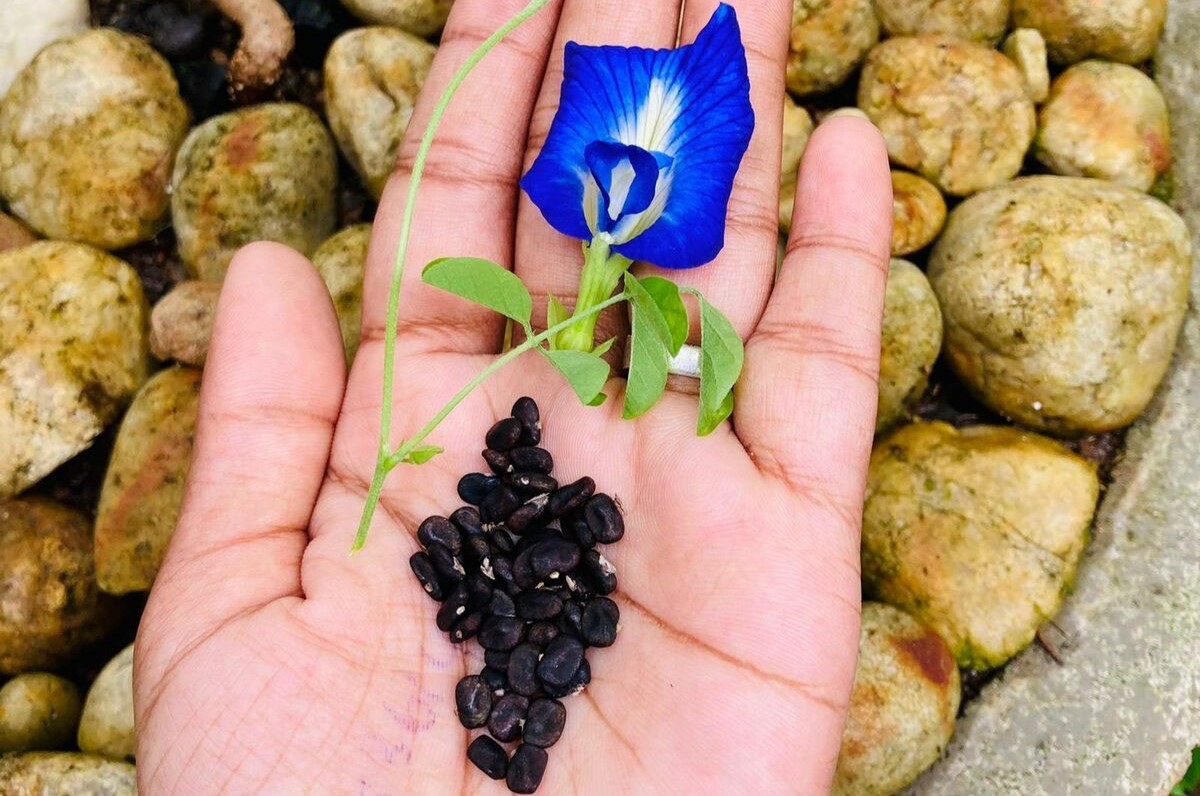
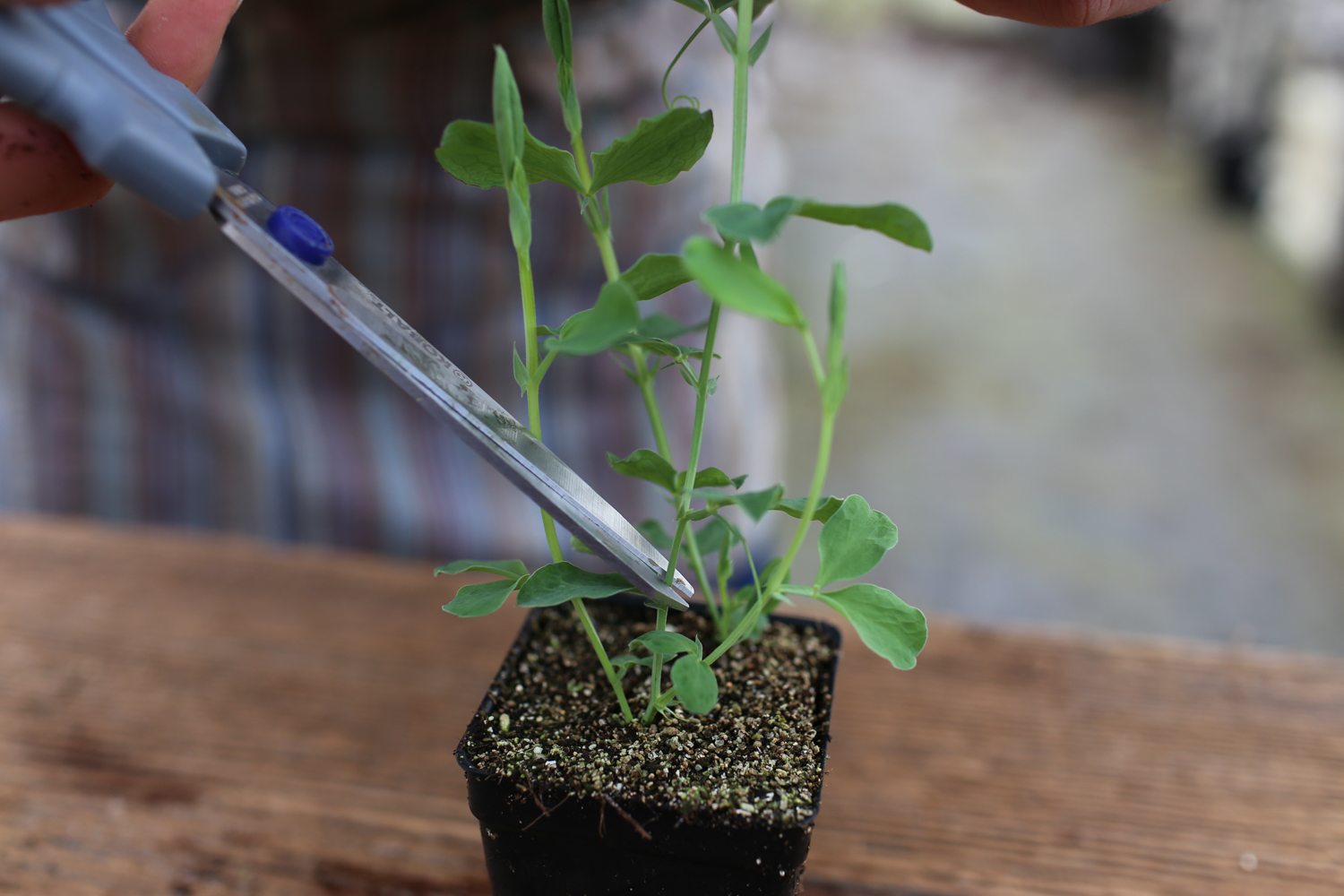
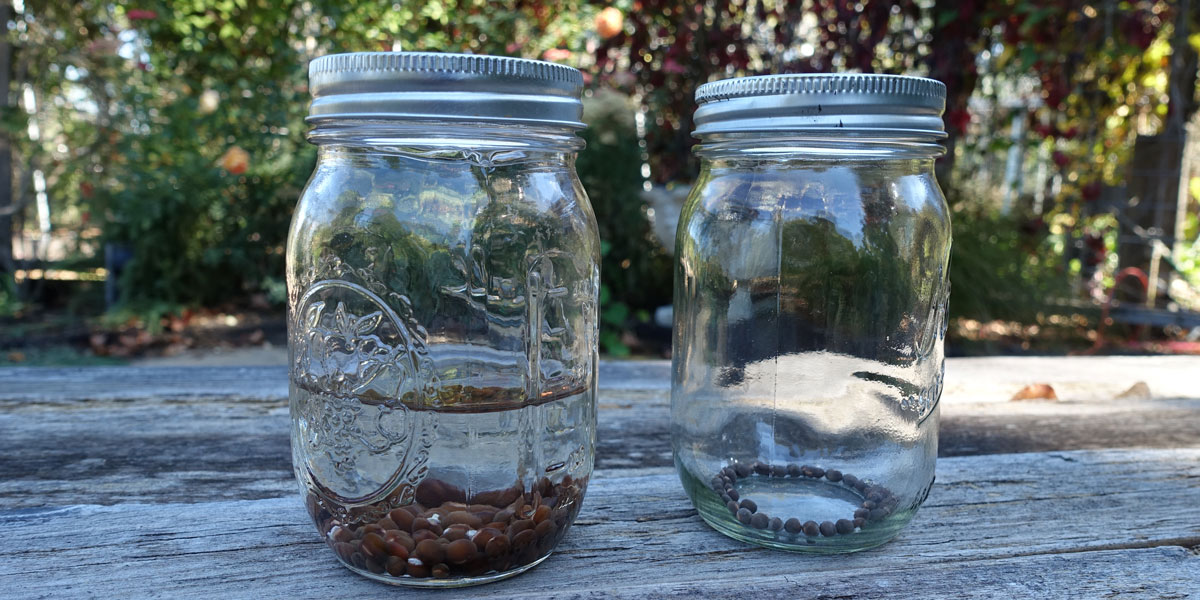










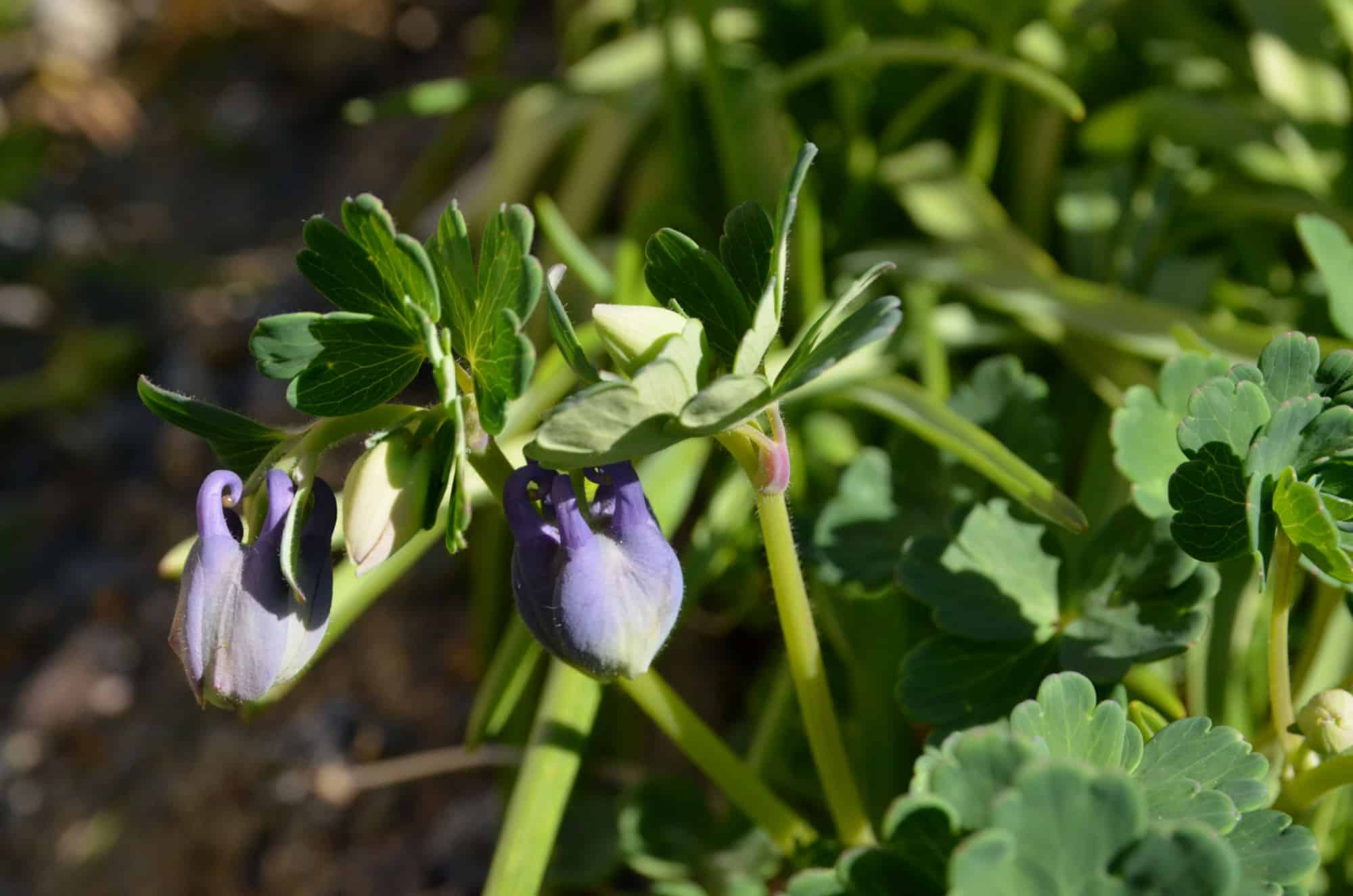

0 thoughts on “When To Plant Sweet Pea Seeds”